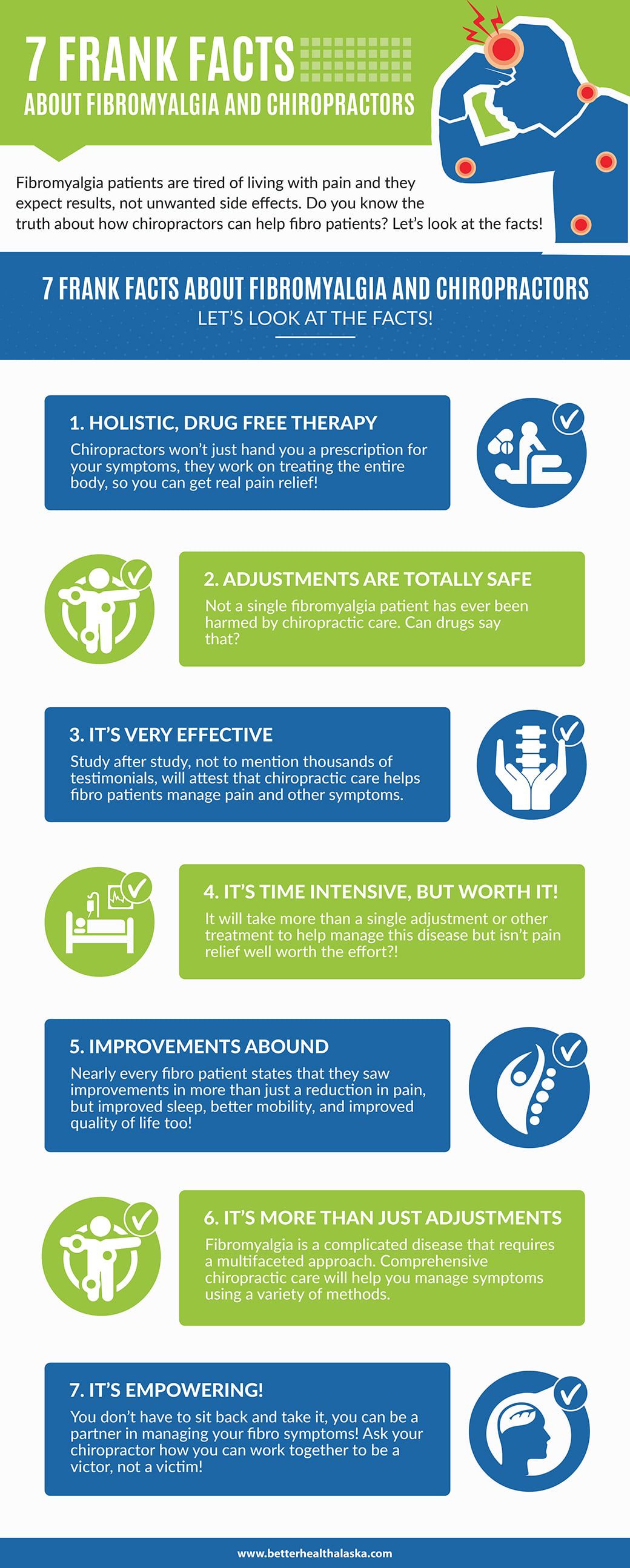A Relative Evaluation Of Acupuncture And Alternate Pain Administration Methods
A Relative Evaluation Of Acupuncture And Alternate Pain Administration Methods
Blog Article
Content Author-Cohen Topp
When you consider pain monitoring alternatives, you might find yourself evaluating the pros and cons of different methods, including acupuncture, non-prescription medicines, and physical treatment. While lots of strategies use alleviation, they often feature their own collection of obstacles, like negative effects or extensive treatment times. https://claytontojdx.newsbloger.com/36165858/changing-your-recovery-journey-with-the-help-of-a-physical-therapist stands apart for its one-of-a-kind capability to promote self-regulation with fewer dangers. But exactly how does its efficiency compare to even more traditional approaches? https://chiropractic-family-clini62739.yomoblog.com/42194203/chiropractic-care-solutions-for-athletes-progressing-performance-and-supporting-healing of these methods can significantly impact your selections, and exploring them even more can bring about surprising understandings.
Overview of Pain Management Techniques
When it involves taking care of discomfort, you have a selection of techniques available. These methods can range from traditional approaches to more alternate treatments. Understanding your alternatives is critical in locating what functions ideal for you.
One common method is over the counter medications like ibuprofen or acetaminophen, which can offer fast relief for mild to modest pain. Prescription medicines, including opioids, could be necessary for much more extreme discomfort, though they feature risks of dependency and adverse effects.
Physical treatment is another efficient method, concentrating on workouts and stretches to strengthen muscular tissues and enhance movement. https://www.sandiegouniontribune.com/caregiver/news-for-caregivers/story/2022-02-15/vulnerable-immunocompromised-san-diegans-feel-left-behind-by-covid-public-health-policies assists in managing persistent discomfort conditions.
On top of that, some people turn to even more holistic choices, such as massage treatment, which can ease tension and boost blood circulation.
Mind-body strategies, like mindfulness reflection or yoga exercise, help you manage pain by reducing anxiety and improving your mental strength.
Finally, way of living changes, such as maintaining a healthy and balanced diet plan and routine exercise, can play a vital role in total pain management. visit the following post has its benefits and drawbacks, so it's necessary to explore what fits your requirements and choices best.
Benefits of Acupuncture
Acupuncture provides an unique technique to discomfort management that stands apart among numerous techniques. By targeting details points on your body, it boosts the circulation of power, or "qi," promoting natural recovery and decreasing discomfort.
Among the most significant benefits is its marginal negative effects. Unlike some medicines, which can bring about reliance or unwanted health and wellness issues, acupuncture is a holistic treatment that urges your body's self-regulation.
You'll likely find that acupuncture sessions can help relieve chronic discomfort, headaches, and also tension. Lots of people experience a sense of relaxation and well-being during and after therapy, which can improve general lifestyle.
Plus, it's a versatile alternative; it can be utilized alongside other therapies, making it a terrific complement to your existing discomfort monitoring plan.
An additional considerable benefit is that acupuncture can be tailored to your particular needs. Your expert will evaluate your condition and develop a tailored therapy plan, guaranteeing you receive the treatment that finest sustains your recovery.
With its ancient origins and growing approval in contemporary medicine, acupuncture sticks out as a compelling choice for pain relief.
Comparing Performance and Outcomes
Pain administration techniques differ commonly in their efficiency and results, making it essential to understand exactly how they compare to each other. When thinking about choices like acupuncture, physical treatment, and medication, you'll locate distinctive distinctions in how each technique addresses discomfort.
Acupuncture, for example, usually provides relief for persistent discomfort problems, with research studies revealing significant enhancements suffering degrees for numerous clients.
In contrast, medicines like opioids can efficiently manage acute pain however carry threats of reliance and adverse effects.
Physical therapy focuses on recovery and might take longer to show outcomes, which can be annoying if you need immediate alleviation.
When assessing these methods, consider your particular discomfort type and your individual health and wellness goals. Some people locate that a mix of techniques works best for them.
For instance, you may benefit from acupuncture sessions alongside physical therapy to optimize healing.
Inevitably, recognizing the performance and results of each method will certainly assist you make educated decisions about your pain administration technique, enabling you to choose the method that ideal fits your demands and lifestyle.
Final thought
In summary, acupuncture stands out as a useful choice to traditional pain management approaches. It uses quick alleviation and cultivates self-regulation without the risks of dependence related to medicines. While physical therapy could demand even more time for outcomes, acupuncture can supply prompt benefits, making it an enticing alternative for those looking for remedy for persistent pain and stress and anxiety. By including acupuncture into your pain administration strategy, you can enhance your total health and recover control over your health.
